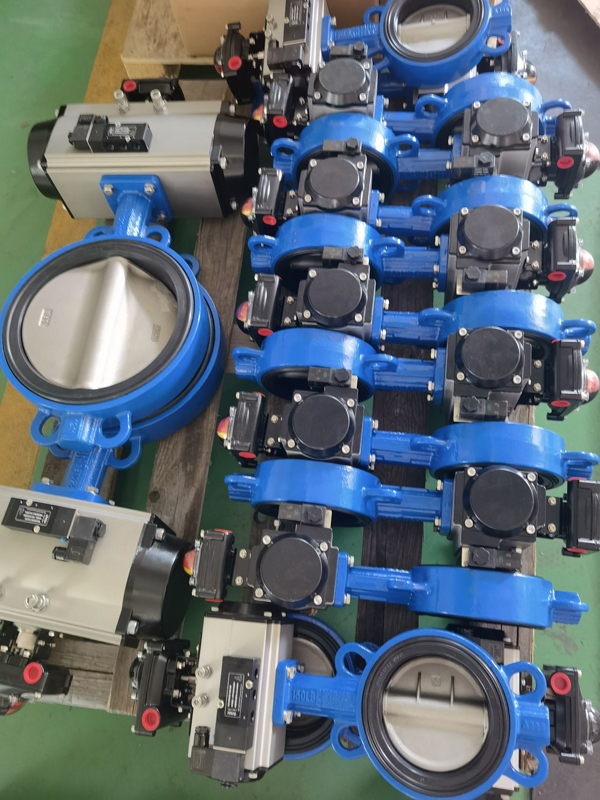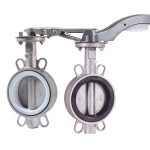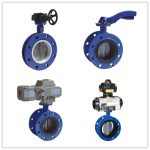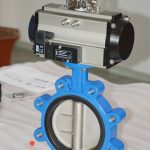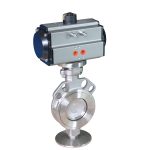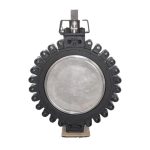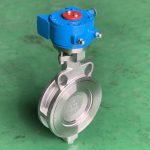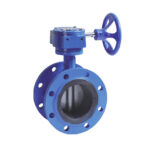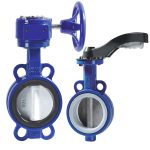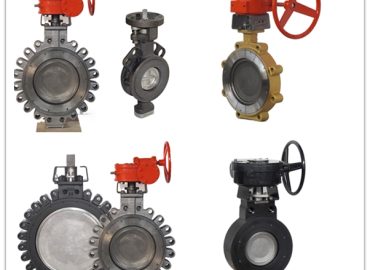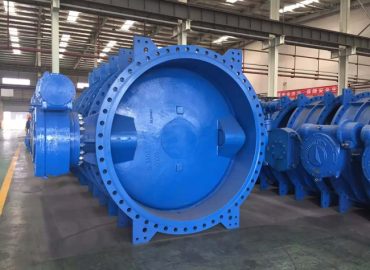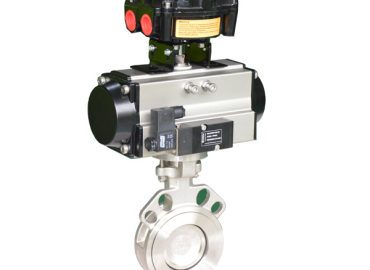Choosing the right 8 inch butterfly valve for your application is essential in ensuring that you have maximum control over the flow rate and pressure. With a vast array of different types, sizes, and materials available, it is important to understand what criteria to consider when making your selection. This blog post will cover the various types of 8 inch butterfly valves, selection criteria for finding the appropriate valve for your needs, and the benefits of using a butterfly valve.
Introduction
Pneumatic butterfly valve are an important component for controlling the flow rate and pressure of liquids or gases. With a vast array of different types, sizes, and materials available it can be difficult to find the valve that is best suited for your application. Wafer type and lug type are two primary styles of 8 inch butterfly valve.
Wafer type valves require minimal pipework installation as they fit within the pipe itself, while lug type valves have lugs on either side of the body which must be connected to flanges in order to secure them into place.
Selection criteria such as pressure rating, temperature range, flow rate, and actuator style should all be considered when selecting an 8 inch butterfly valve. High-performance materials such as stainless steel and PTFE can also offer additional resistance to corrosion.
The benefits of using a butterfly valve include reduced size and weight, ease of use due to its quarter turn operation, improved durability compared to traditional slide gate valves and cost effectiveness due to their simple construction. Butterfly valve
In conclusion, it is essential to understand what criteria needs to be met when selecting the right 8 inch butterfly valve for your application in order to ensure maximum control over the flow rate and pressure.
Types of 8 Inch Butterfly Valves
Electric butterfly valves come in two primary types: wafer type and lug type. Wafer type butterfly valves have a disc-shaped body that fits into the pipeline and requires minimal installation. Lug type butterfly valves require flanges to be attached to their lugs in order to secure them into place.
In addition to these two types, there are several other styles such as double flanged, tri-clamp/welded, and lined rubber/PP/PVC which all offer different features and advantages depending on the user’s needs.
When selecting an 8 inch butterfly valve it is important to consider additional criteria such as pressure rating, temperature range, flow rate, and actuator style in order to ensure optimal performance. High-performance materials like stainless steel or PTFE can also provide resistance against corrosion – making them ideal for applications involving highly corrosive substances.
Wafer Type
Wafer type 8 inch butterfly valves are an ideal solution for applications where straightforward installation and maintenance is required.They fit into the pipeline without the need for additional pipework, making them extremely cost efficient.
The quarter-turn operation of a wafer type valve makes it very simple to open and close, while its light weight and small size make it easy to transport and handle. Furthermore, the disc-shaped body provides reduced turbulence in the pipeline which can help reduce pressure losses.
Wafer type butterfly valves come in many materials such as stainless steel, bronze or PTFE depending on what your application requires; higher performance materials can provide greater resistance to temperature fluctuations and corrosion.
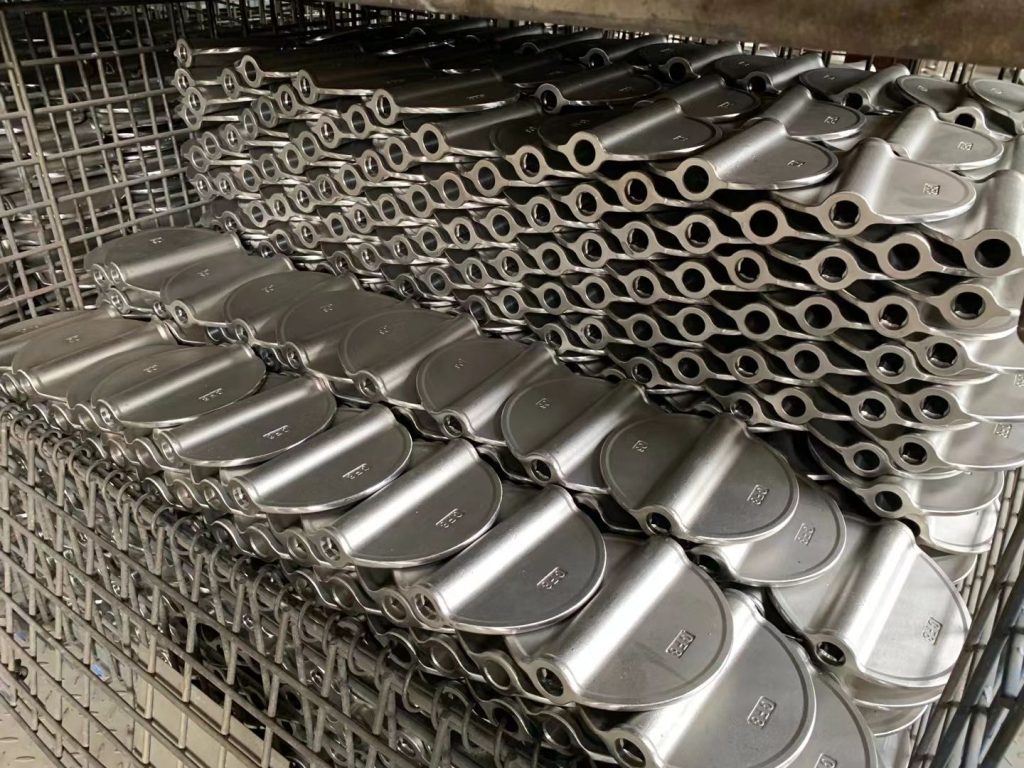
Lug Type
Lug type 8 inch butterfly valves are a great solution for applications where the valve needs to be securely mounted in place. The lugs provide support for two flanges which can be bolted onto the pipe to create a secure seal. This type of valve is also very easy to operate as it requires only a quarter-turn of a handle or knob to open and close. It’s important to consider the pressure rating, temperature range, flow rate and actuator style when selecting a lug type butterfly valve; these elements will ensure optimal performance and should be chosen according to the application’s requirements.
Finally, high-performance materials like stainless steel or PTFE can provide greater resistance against corrosion, making them ideal for pipelines carrying highly corrosive substances. pneumatic ball valve
Selection Criteria for Finding the Right 8 Inch Butterfly Valve for Your Application
When selecting an flanged butterfly valve for your application, there are several key criteria to consider. Firstly, the pressure rating of the valve should be appropriate for your system – if it is too low, the valve will not be able to withstand the pressure of the pipeline and may fail under load.
Secondly, ensure that the temperature range specified by the manufacturer is suitable for your environment; some materials can handle a wide range of temperatures while others may need to be replaced more regularly. Additionally, it’s important to determine the flow rate through your pipeline as this will affect how quickly and efficiently your valve can open and close.
Finally, depending on what type of actuation you require (manual/automated), select an actuating style accordingly; manual styles may provide simpler operation but automated versions may have greater accuracy and control. Taking these factors into consideration when choosing an 8 inch butterfly valve can help ensure optimal performance and reliability in your application.
Pressure Rating
Pressure rating is an essential factor to consider when selecting a butterfly valve for your application. It refers to the pressure the valve can handle without failing under load and should always meet or exceed the operating pressure of the pipeline it is connected to.
When selecting a butterfly valve, look at each model’s maximum rated pressure and choose one that is suitable for your requirements. Additionally, take into account any potential surges in pressure that may occur in your system as this can further reduce the lifespan of the valve over time. Choosing an appropriate valve with a sufficient pressure rating will not only ensure optimal performance but also longer life expectancy.
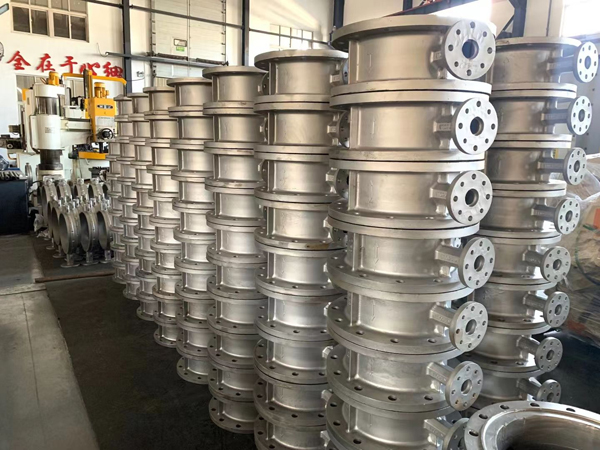
Temperature Range
Temperature range is another important factor to consider when selecting a butterfly valve for your application. This criterion refers to the range of temperatures at which a valve can be safely operated, and should always be within the design limits of the associated pipeline. The most suitable temperature range will vary depending on the type of material used in construction, so ensure you are aware of what these requirements are before making a selection.
Although some materials can withstand a wide temperature range, others may need to be replaced more regularly or may require additional supports or insulation layers. Choosing an appropriate butterfly valve with the right temperature range can assist in ensuring optimal performance and reliability over time.
Flow Rate
Flow rate is an important criterion when selecting a butterfly valve for your application. It refers to the maximum amount of fluid or gas that can pass through the valve under full flow conditions. It is important to choose a butterfly valve with a flow rate that meets or exceeds the requirements of your system as this will ensure optimal performance and longer life expectancy. Furthermore, higher flow rates can cause excessive wear and tear on certain materials, so consider any potential stress points in your system when selecting an appropriate model. Paying attention to these specifications can help you select a valve with a suitable flow rate, ensuring reliable performance over time.
Benefits of Using an 8 Inch Butterfly Valve
An 8-inch butterfly valve offers a number of advantages for use in industrial and commercial applications. Firstly, its size allows it to be used in large-scale operations, providing efficient and reliable control over flow rates and pressure.
Secondly, due to its larger diameter, the valve has greater strength compared to smaller models and is capable of handling higher pressures and temperatures. Additionally, an 8-inch butterfly valve can provide improved accuracy since it can be easily adjusted with minimal manual labor required. This makes them ideal for applications where fine adjustments are necessary.
Finally, the use of an 8-inch butterfly valve can help reduce installation costs since the larger size requires fewer components to achieve the same desired result as smaller valves. All these factors make 8-inch butterfly valves an excellent choice for many different applications requiring precise control over fluid or gas flows.
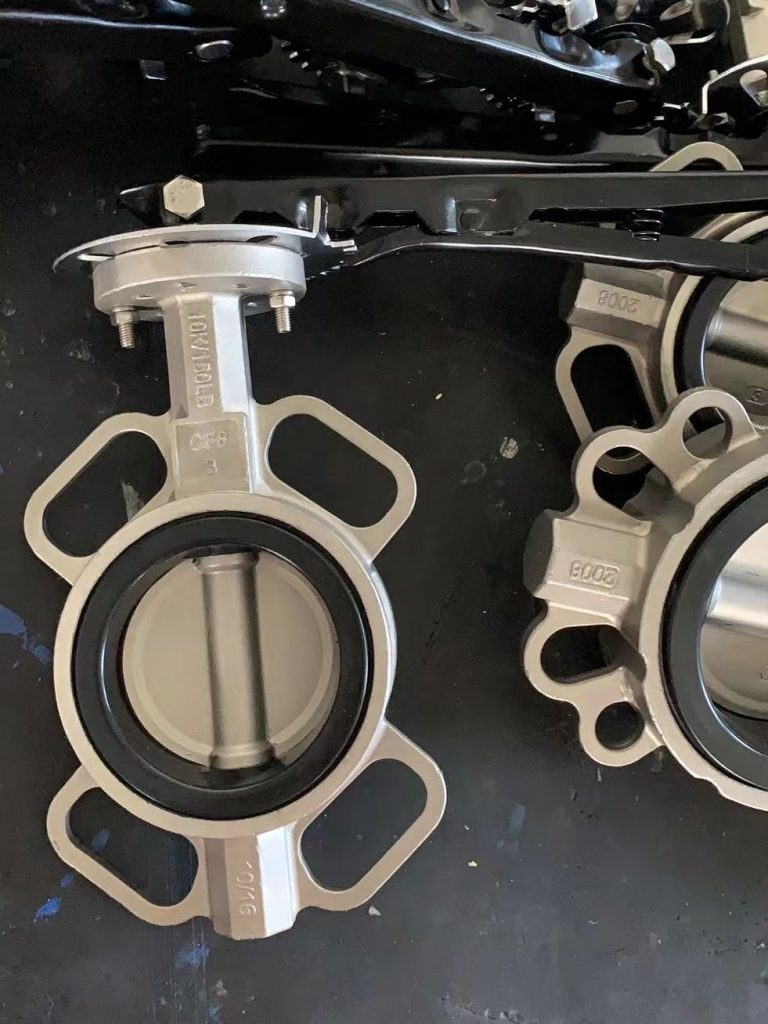
Conclusion
Selecting the right 8-inch butterfly valve for your application is essential to ensure optimal performance, safety and efficiency. Consider the flow rate, pressure and temperature requirements of your system before selecting a valve model to ensure it meets your needs while also considering any potential stress points where excessive wear and tear could become an issue. Additionally, be sure to look into the installation costs associated with each valve as size can often play a large factor in this. With this in mind, you are assured to make the perfect selection of 8-inch butterfly valve for your application.


